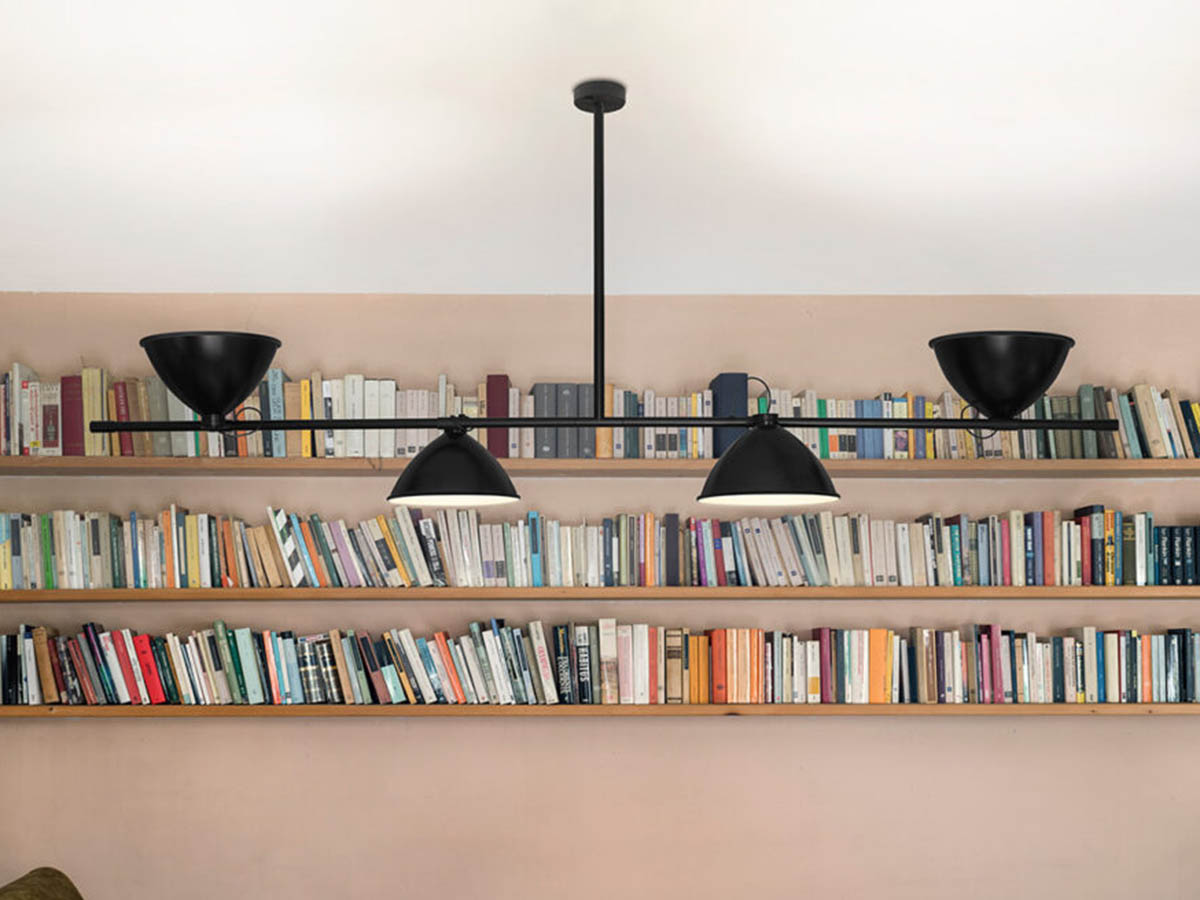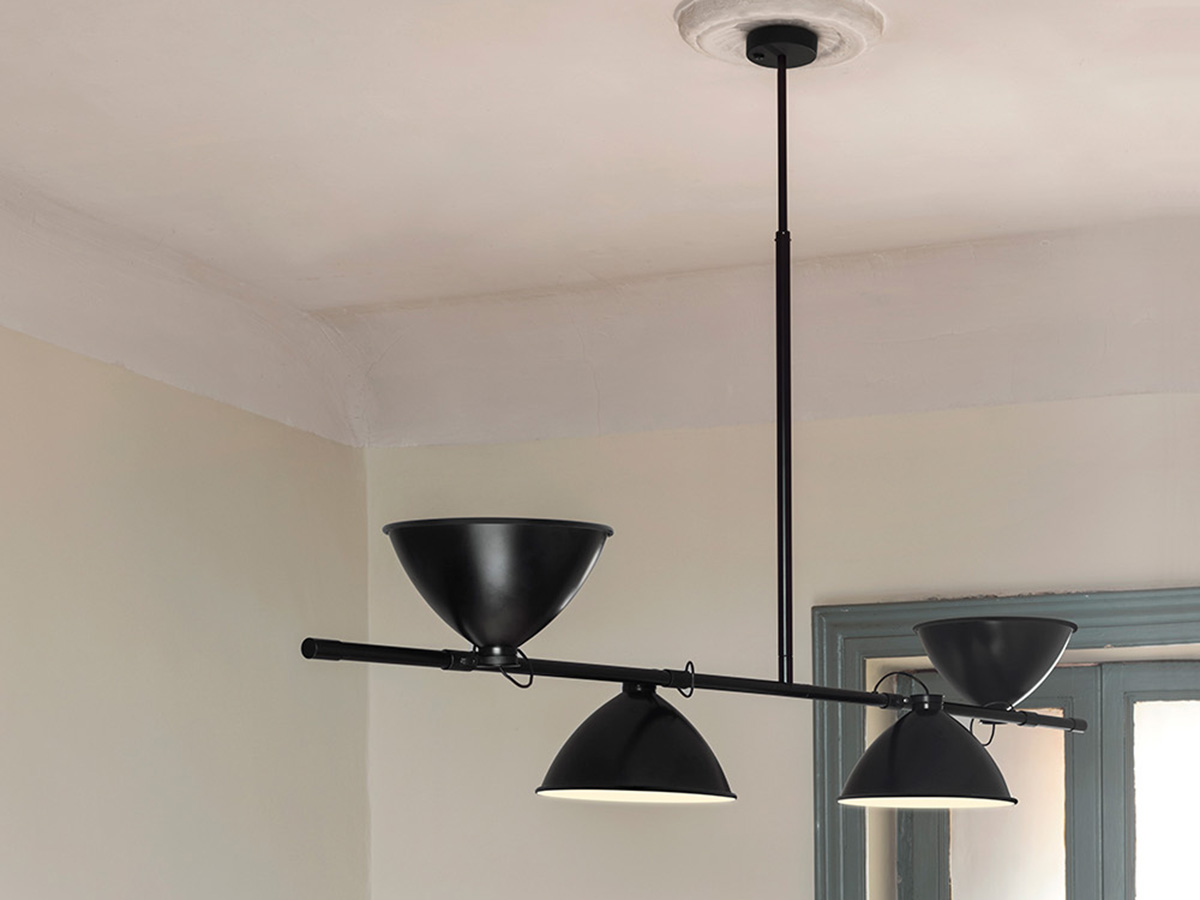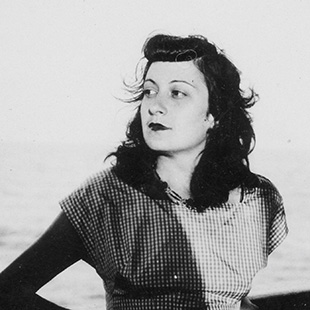Nemo
LBB01 Pendant Light
Price € 2.269,00
From Nemo’s production tradition and fervent imaginative touch comes the LBB01 suspension lamp, an example of simplicity applied to lucid design experience. Lina Bo Bardi designed it for the Casa del Vidro, a symbolic project of modernist Brazilian architecture, giving it a unique touch that smacks of essence and expertly orchestrated geometries. The volumes of this lamp touch and intertwine, creating continuity with the design style of the house in São Paulo. The telescopic stem and the diffusers are 360° adjustable, modeled in black painted aluminum. The result is a lamp ideal for living areas, which also finds space in more formal contexts such as offices, meeting rooms, auditoriums and much more.
W.212 x D.42 x H.33 cm
Salvioni Design Solutions delivers all around the world. The assembly service is also available by our teams of specialized workers.
Each product is tailor-made for the personal taste and indications of the customer in a customized finish and that is why the production time may vary according to the chosen product.
To discover the full range of services available, visit our delivery page.
Select
Select
Select
Thanks to a cunning politic of re-edition of classics of the past and the collaboration with some of the most prestigious designers of the international panorama, Nemo’s light qualifies as a true author’s light. Founded in the 90s by Franco Cassina and Carlo Forcolini to go alongside Cassina’s production with high qualitative level lamps, thanks to its prestigious birthplace the company has been able to benefit from production rights of the illumination projects by some of the greatest masters of the twentieth century, listing in its catalogue names such as Le Corbusier and Franco Albini.Read more
Designed by
Lina Bo Bardi
Lina Bo Bardi (1914-1992) was an important Brazilian architect of Italian origins. She is considered one of the most prominent names in Brazilian architecture of the twentieth century, so much so that she has been defined as "the female counterpart of Oscar Niemeyer". She was awarded a Golden Lion in memory at the 2021 Architecture Biennale. Born in Rome with the name Achillina Bo, she graduated in architecture at La Sapienza University before moving to Milan in 1940. Here she collaborated with Gio Ponti who introduced her to the circle of Milanese architecture magazines, where she held the role of editor for " Stile" and deputy editor for "Domus". Immediately after the war, her husband Pietro Maria Bardi was called to Brazil to find and direct the MASP (Museu de Arte de São Paulo), whose architecture Lina herself took care of. This project, consisting of a large suspended hanging room, is considered his magnum opus and her great masterpiece: begun in the 1950s, it was only finished in 1968. Other great examples of his architectural style, firmly rooted in the context of Modernism and rich in brutalist influences, were the Casa de Vidro (1950-51) and the SESC Pompeia Social Center (1977-86). Lina Bo Bardi also played a key role in introducing the modern concept of furniture design into Brazilian culture. Her design idea, strongly indebted to the experience alongside Gio Ponti, sees in the foreground the valorization of the artisanal qualities of the product and the recovery of a "local spirit" that takes into account the typical forms and ways of Brazilian popular culture. Her best-known creation, the Bowl Chair originally designed for her Casa de Vidro, is now produced by Arper, while several other furnishings by her are part of the Etel catalogue.
Read more




